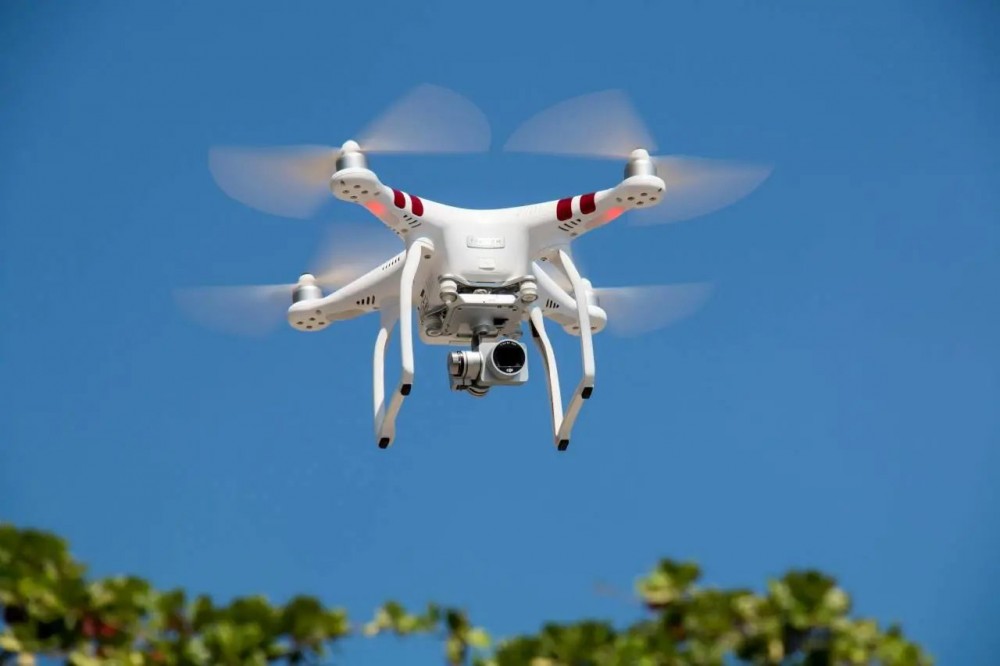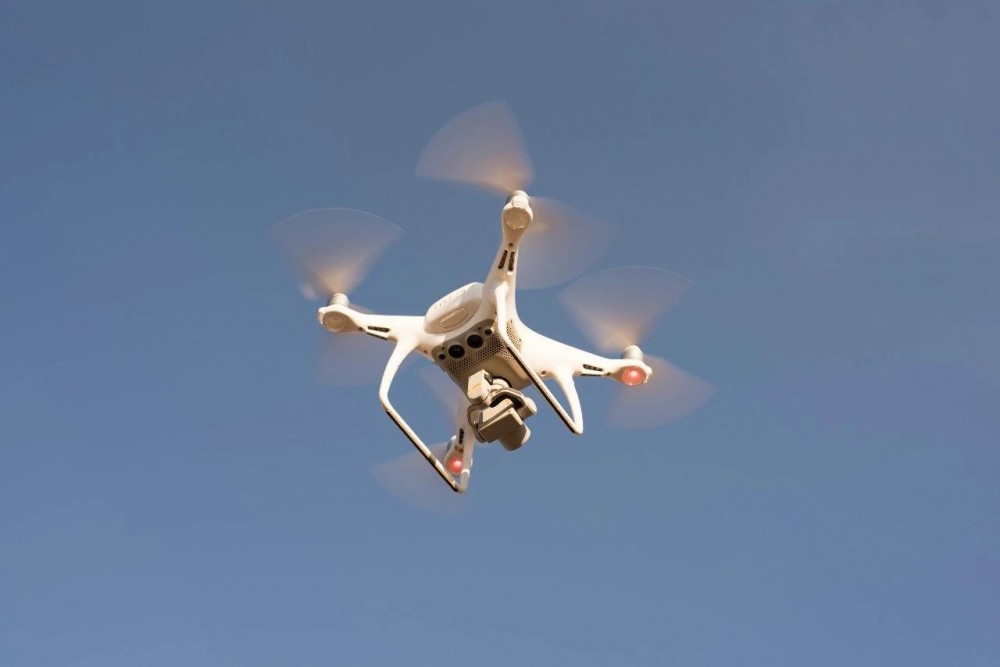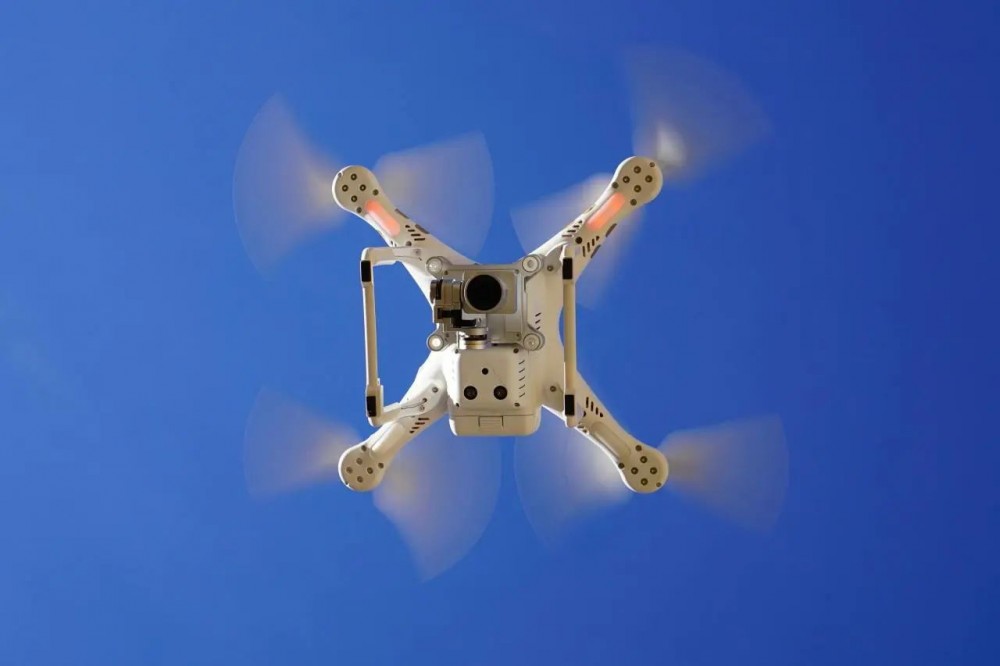Low-Altitude Logistics: Drones Usher in a New Era of Delivery
Imagine food deliveries dropping from the sky, medical supplies arriving instantly, or next-day express delivery to remote mountains—this isn’t science fiction but the reality of low-altitude logistics! As a star of the low-altitude economy, drone logistics is revolutionizing lifestyles with smart, green, and efficient delivery.

Low-altitude logistics uses drones in low-altitude airspace (120–300 meters) for fast, flexible delivery, vital for express services, medical transport, and agricultural logistics, especially in remote areas, emergencies, or urban last-mile delivery.

01 Key Advantages
Why choose low-altitude logistics?
Efficiency: Drones reach 40–60 km/h, 2–3 times faster than traditional couriers, cutting delivery time by over 50%.
Cost-Effective: Reduces labor costs by ~30%.
Eco-Friendly: Powered by electricity or clean energy, reducing carbon emissions by over 60% compared to vehicles.
Flexibility: Overcomes terrain barriers, ideal for mountains, islands, and last-mile challenges.
02 Collaborative Efforts
China leads in low-altitude logistics, driven by policy, technology, and enterprise:
Policy Support: The 2023 Interim Regulations on Unmanned Aerial Vehicle Flight Management eased restrictions, with cities like Shenzhen, Shanghai, and Chengdu leading in airspace access.
Industry Leaders: SF Express builds low-altitude networks in the Greater Bay Area, holding China’s first UAV operator certificate; Meituan’s FP400 drones completed over 320,000 deliveries in Beijing and Shenzhen; Antwork supports medical logistics in Sichuan.
Tech Breakthroughs: Advances in chips enhance drone intelligence, endurance, and obstacle avoidance, enabling large-scale commercial use.

03 Recommended Chips
Low-altitude logistics relies on drone core components, with chips as the “brain” and “nervous system” for flight control, communication, and navigation. Our high-performance, low-power chips, including SX1281, SX1276, PE4259, CB5743, ESP32-S3, and ESP8285H16, offer high integration, flexibility, and cost advantages, empowering smart, green, and efficient drones.
Low-altitude logistics transforms the industry and lifestyles. From aerial food deliveries to rural express parcels, drones make “everything deliverable” a reality, with critical value in emergencies and medical transport. By 2030, drone logistics is expected to mature for urban and mid-to-long-range delivery, with public landing pads and service stations proliferating, offering businesses cost efficiencies and consumers unparalleled convenience.




.png)

.png)












